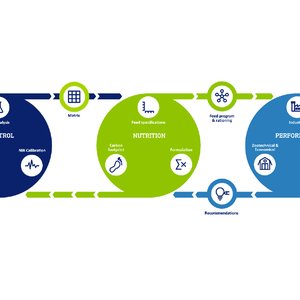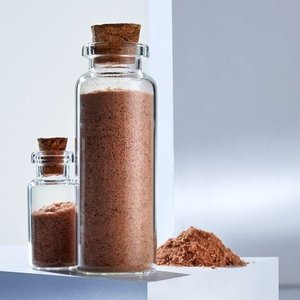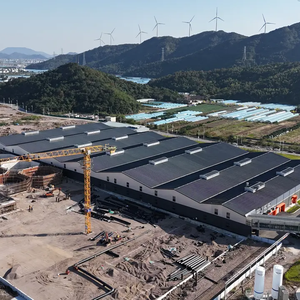USSEC participated in the Feeds.Pro conference in St Petersburg, Russia in November, organised by the Sfera Company as a follow-up to the June 2015 World Soy Feeds Congress. USSEC was asked to discuss two hot topics; alternative feed ingredients and fish feed formulations.
USSEC consultant Dr. Iani Chihaia presented two papers to around 150 industry delegates about the role and quality of soy in achieving high performance, and how soy products should be used in animal feeding, especially in fish feeds.
“Russia aims to become self-sufficient in foodstuff supplies and to increase animal protein production,” said Olga Palenova, conference chairman and organizer. “The interest in high efficacy feed ingredients and their feeding application is growing. This year, we’ve received a number of inquiries from industry colleagues interested in fish feed production as a result of the emerging development of aquaculture in Russia. Our feed technologists are highly interested in fish feed ingredients usage and in feed extrusion technology. Thanks to USSEC’s efforts and participations, our conference brought many answers in this regard.”
During the two-day event, USSEC consultants Dr. Chihaia and Dr. Maria Domoroshchenkova also gave three technical presentations, proving the commitment of US Soy farmers to Russian soy customers and end users. The event was an excellent opportunity to interact with industry professionals from commercial feed, poultry and swine integrations, fish farms and trading companies.
“After interacting with our Russian colleagues, I believe that the use of alternative feed ingredients seems to be in many cases more challenging than a promising, realistic possibility, since high quality and high digestible amino acids profile from soy is not easy to replace in animal diets without sacrificing performance. However, the Russian feed industry should consider any possibility, with pros and cons,” said Dr. Chihaia.
“Meanwhile, we have to stay close and follow the Russian fish industry’s forecasted growth for the next year. Development of fish farms in Russia is part of the country’s goal to increase self-reliance and boost growth. Soybean meal, soy oil and soy protein concentrates are key raw materials for fish feed production and this will potentially generate U.S. Soy exports,” Dr. Chihaia concluded.










